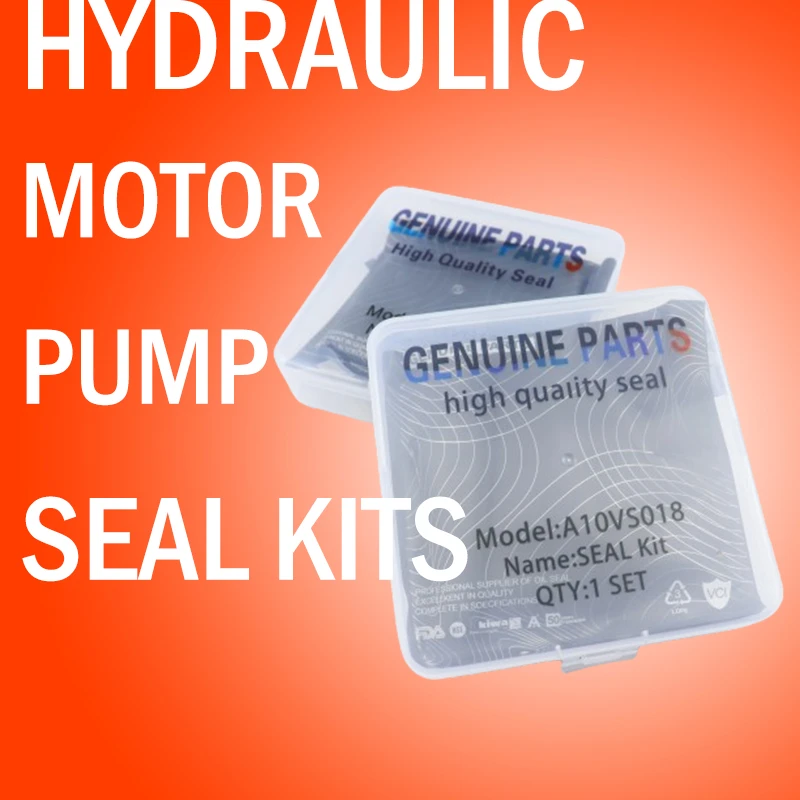Oct . 10, 2024 10:08 Back to list
hydraulic seal
Understanding Hydraulic Seals Importance, Types, and Applications
Hydraulic seals are essential components in hydraulic systems, which are widely used across various industries, including manufacturing, automotive, aviation, and construction. These seals play a crucial role in maintaining system pressure, preventing fluid leakage, and ensuring the overall efficiency of hydraulic machinery. This article explores the significance of hydraulic seals, the different types available, and their applications in various sectors.
The Importance of Hydraulic Seals
Hydraulic systems operate by transmitting power through pressurized fluids, making it imperative to keep the fluid contained within designated channels. Hydraulic seals are designed to fulfill this function, preventing fluid leaks that could lead to decreased efficiency, system failure, and safety hazards. A well-functioning hydraulic seal not only enhances the performance of the machinery but also contributes to its longevity by reducing wear and tear on moving parts.
Moreover, hydraulic seals also provide protection against external contaminants such as dirt, dust, and moisture that can enter the system. This contamination can compromise the integrity of the hydraulic fluid, leading to operational inefficiencies and potential damage to components. Thus, the quality and suitability of hydraulic seals are vital for optimal system performance.
Types of Hydraulic Seals
Hydraulic seals come in various shapes, sizes, and materials, each designed to meet specific application requirements
. The most common types of hydraulic seals include1. O-Rings Versatile and widely used, O-rings are circular seals that fit into grooves to create a seal between two parts. They are suitable for both static and dynamic applications, providing reliable sealing capabilities in low-pressure environments.
2. U-Cups Shaped like the letter U, these seals are primarily used in rod and piston applications. They offer excellent sealing properties, especially under pressure, making them ideal for hydraulic cylinders.
3. Lip Seals Also known as rotary seals, lip seals are designed to retain lubricants and fluids while preventing contamination. They are commonly used in applications involving rotating shafts and are effective at high speeds.
4. Backing Rings These components are used in conjunction with other seals to enhance their performance. Backing rings provide support and prevent seal extrusion under high pressure.
hydraulic seal

5. Piston Seals These seals are specifically designed to seal the piston in hydraulic cylinders, allowing for efficient operation and precision in movement.
6. Rod Seals Used in conjunction with piston seals, rod seals are designed to seal the piston rod as it moves in and out of the cylinder, preventing leaks and ensuring optimal sealing.
Applications of Hydraulic Seals
Hydraulic seals are utilized in various applications across different industries. Some key areas include
- Automotive Industry Hydraulic seals play a vital role in brake systems, power steering, and suspension systems, ensuring safety and performance.
- Manufacturing In manufacturing equipment, hydraulic seals are used in presses, injectors, and forklifts to maintain fluid integrity and system efficiency.
- Construction Machinery Hydraulic excavators, loaders, and cranes rely heavily on hydraulic seals to operate effectively under demanding conditions.
- Aviation and Aerospace Hydraulic systems in aircraft utilize specialized seals to manage fluid pressures and maintain operational safety during flight.
- Marine Applications Hydraulic seals are employed in various marine equipment, including steering systems and winches, where exposure to water and harsh conditions poses additional challenges.
Conclusion
In conclusion, hydraulic seals are vital components that ensure the efficiency, safety, and reliability of hydraulic systems across diverse applications. With various types tailored to meet specific needs, selecting the right hydraulic seal is essential for optimizing performance and reducing potential system failures. As technology advances, the development of new materials and designs will continue to enhance the role of hydraulic seals in modern machinery, contributing to improved operational efficiency and safety standards. Understanding the importance of these seals can help industries maintain smooth operations and prevent costly downtimes due to hydraulic failures.
-
TCN Oil Seal Metal Ring Reinforcement for Heavy Machinery
NewsJul.25,2025
-
Rotary Lip Seal Spring-Loaded Design for High-Speed Applications
NewsJul.25,2025
-
Hydraulic Cylinder Seals Polyurethane Material for High-Impact Jobs
NewsJul.25,2025
-
High Pressure Oil Seal Polyurethane Coating Wear Resistance
NewsJul.25,2025
-
Dust Proof Seal Double Lip Design for Construction Equipment
NewsJul.25,2025
-
Hub Seal Polyurethane Wear Resistance in Agricultural Vehicles
NewsJul.25,2025
-
The Trans-formative Journey of Wheel Hub Oil Seals
NewsJun.06,2025
Products categories
















